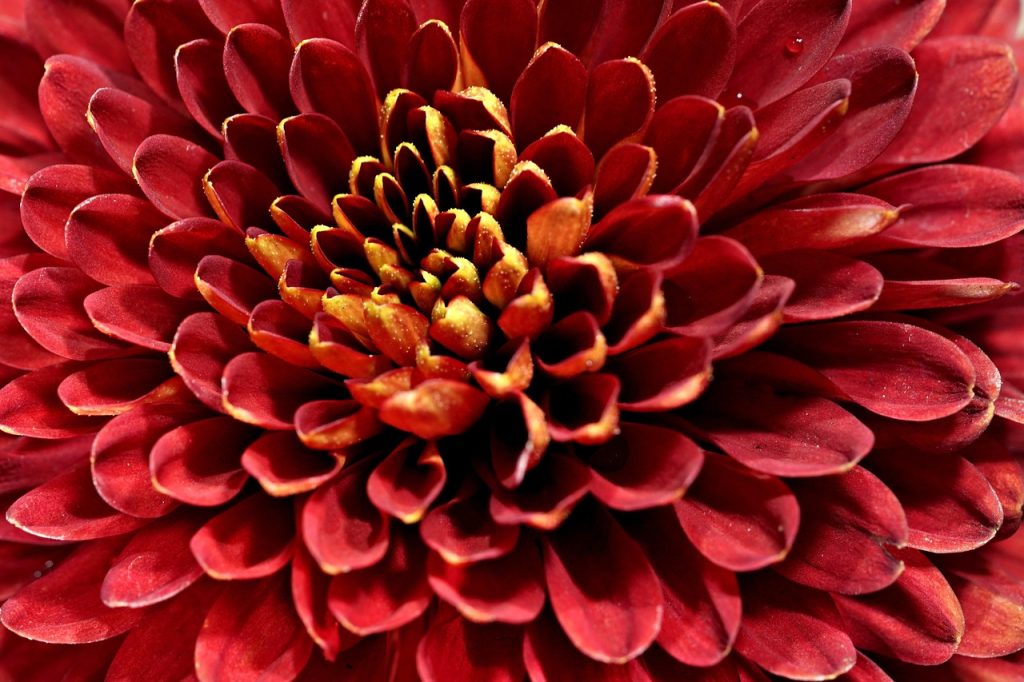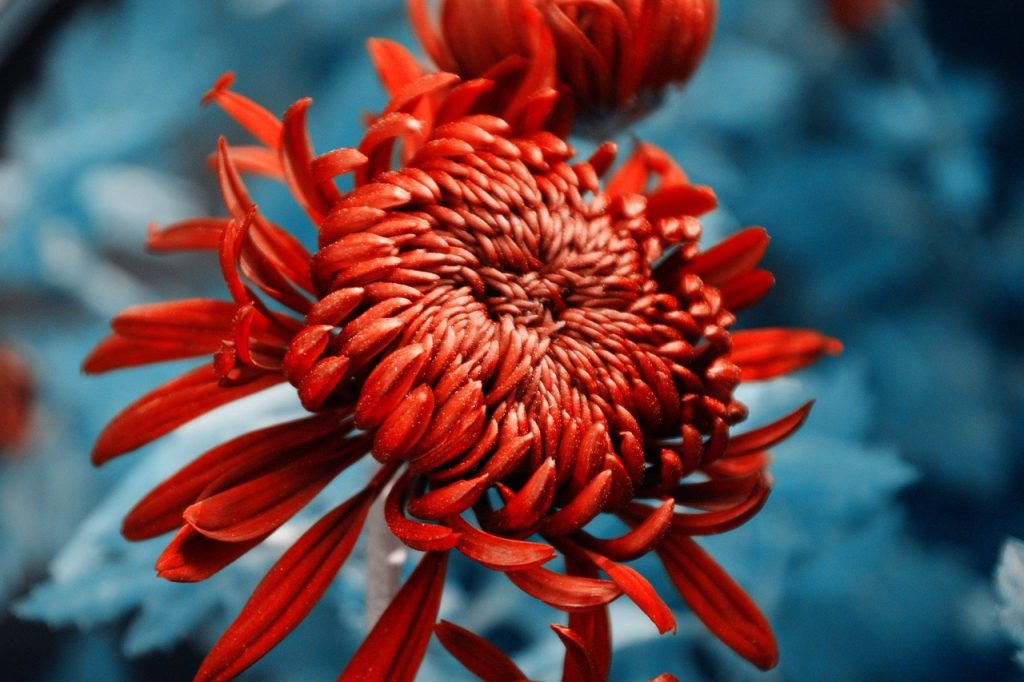Chrysanthemums, often referred to as mums, are a beloved staple in gardens worldwide. Known for their vibrant colors and variety of shapes, these flowers bring a splash of color to gardens particularly in the fall. Understanding how to grow and care for chrysanthemums can enhance your garden’s appeal and ensure a long-lasting bloom season. This guide will walk you through the essentials of cultivating chrysanthemums, from their rich history to practical growing tips.

Chrysanthemums are a flowering plant native to Asia and northeastern Europe. They belong to the Asteraceae family, which is one of the largest families of flowering plants. These plants have been cultivated for centuries, with origins tracing back to China around the 15th century BC. Initially used for their medicinal properties, chrysanthemums have evolved into a decorative mainstay in gardens.
Appearance and Varieties
Flower Shapes and Colors
Cultivating Chrysanthemums are renowned for their diverse flower forms and colors. They can be found in hues ranging from white and yellow to pink, red, and purple. The flower shapes vary, including daisy-like blooms, pompons, and spider-like formations.
Popular Varieties
- Garden Mums: Hardy and often grown outdoors, these are ideal for borders and landscapes.
- Florist Mums: Typically grown indoors, these have larger blooms and require more care.
- Spider Mums: Known for their intricate petal arrangements resembling spider legs.
- Pompom Mums: Small, round blooms perfect for compact garden spaces.
Growing Conditions for Chrysanthemums
Light Requirements
Chrysanthemums thrive in full sun, needing at least 6 hours of direct sunlight per day. Insufficient sunlight can lead to leggy growth and reduced flowering.
Soil Preferences
Well-drained soil is crucial for chrysanthemums. They prefer a slightly acidic to neutral pH (6.5-7.0). Adding organic matter like compost can improve soil fertility and drainage.
Watering Needs
Mums require consistent moisture, especially during the growing season. However, overwatering should be avoided as it can lead to root rot. Water at the base of the plant to keep foliage dry and prevent fungal diseases.
Temperature Tolerance
Chrysanthemums are hardy plants but prefer moderate climates. They can tolerate a range of temperatures but perform best in cooler weather. Protect them from extreme heat and frost to ensure healthy growth.

Planting Methods for Cultivating Chrysanthemums
Choosing the Right Location
Select a site with adequate sunlight and well-drained soil. Avoid planting in areas prone to waterlogging or heavy shade.
Planting Steps
- Prepare the soil by tilling to a depth of 6-8 inches and incorporate compost.
- Space plants 18-24 inches apart to allow for air circulation and growth.
- Plant mums at the same depth as they were in their pots, covering the roots but leaving the crown exposed.
Propagation of Chrysanthemums
Methods of Propagation
Chrysanthemums can be propagated through seeds, cuttings, or division.
- Seeds: Start seeds indoors 6-8 weeks before the last frost date. Transplant seedlings outdoors after the danger of frost has passed.
- Cuttings: Take 3-4 inch cuttings from healthy plants in spring. Root them in a mixture of sand and peat moss, keeping the soil moist until roots develop.
- Division: Every 2-3 years, divide the plants in early spring to maintain vigor. Dig up the entire plant, separate the clumps, and replant.
Seasonal Care for Chrysanthemums
Spring and Summer
In spring, focus on planting and fertilizing. Use a balanced fertilizer to encourage growth. Pinch back shoots when they are 6 inches tall to promote bushiness. During summer, maintain a regular watering schedule and monitor for pests.
Fall
Fall is the prime blooming season. Continue watering and remove spent blooms to prolong flowering. Consider applying a layer of mulch to retain moisture and regulate soil temperature.
Winter
In colder climates, chrysanthemums may need protection from frost. Cover plants with mulch or bring pots indoors. In milder areas, cut back stems after flowering and leave the mulch to protect roots.
Common Problems and Solutions
Pests
Aphids, spider mites, and leaf miners can affect chrysanthemums. Use insecticidal soap or neem oil as organic control methods.
Diseases
Fungal diseases like powdery mildew and botrytis can be problematic. Ensure good air circulation and avoid overhead watering. Fungicides can be applied if necessary.
Environmental Stress
Heat stress and overwatering are common issues. Monitor environmental conditions and adjust care practices accordingly.
Practical Uses of Chrysanthemums
Cultivating Chrysanthemums are not only decorative but also practical. They can be used in floral arrangements, teas, and as natural insect repellents. Their vibrant blooms make them a popular choice for bouquets and garden decorations.
Frequently Asked Questions
The best time to plant chrysanthemums is in the spring after the last frost date. This allows them time to establish roots before the blooming season.
Water chrysanthemums regularly to keep the soil consistently moist but not waterlogged. Adjust frequency based on weather conditions.
Chrysanthemums can survive winter in milder climates with proper care, such as mulching and cutting back after flowering. In colder regions, additional protection or indoor care may be needed.
To encourage more blooms, regularly deadhead spent flowers and pinch back new growth in the early stages to promote bushier plants.